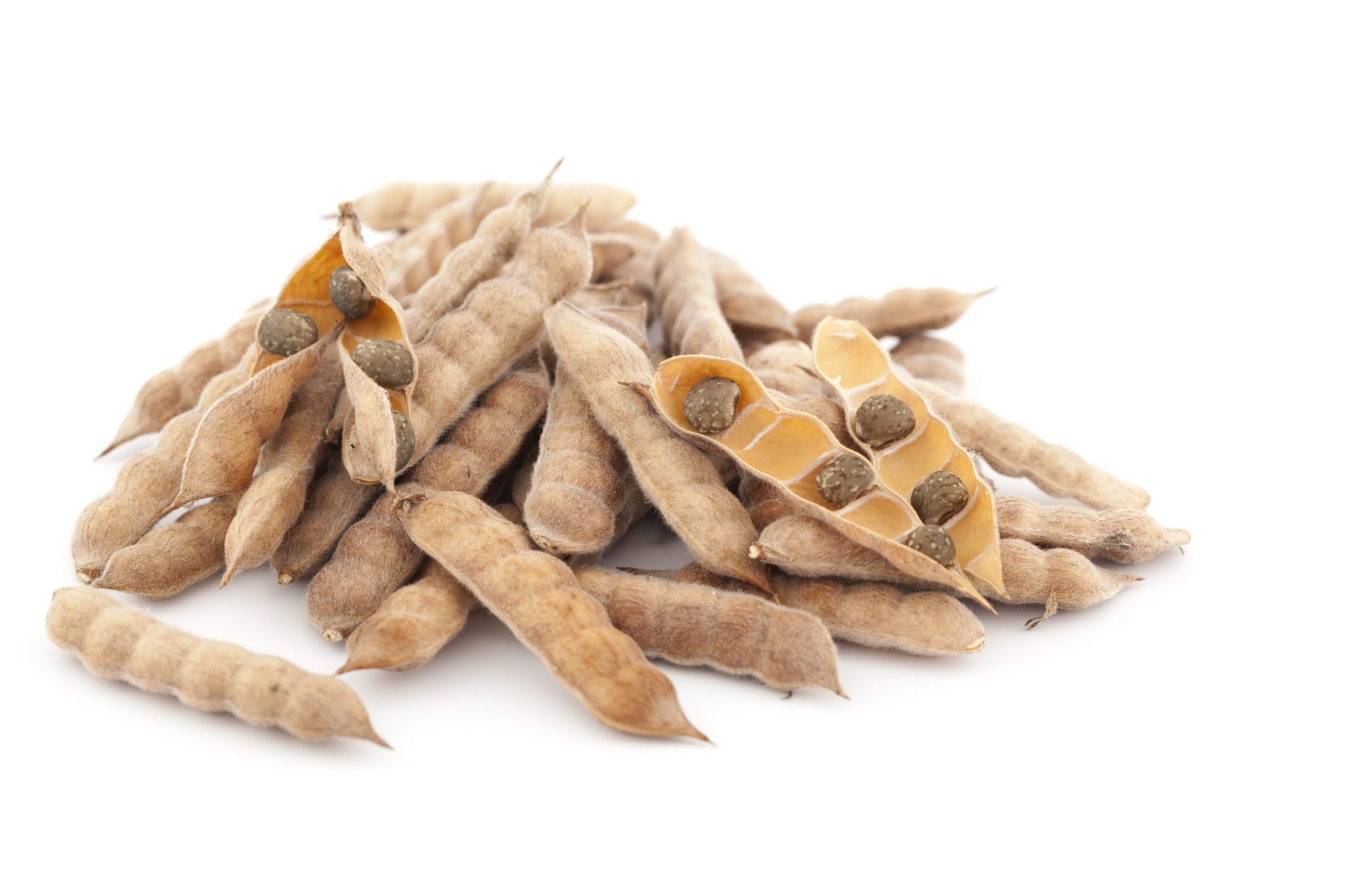
Sweet lupines, that look similar to road side Bluebonnets, could be a rich source of protein. Their seeds are classified as a legume. The legume category boasts peanuts and soybeans as part of this protein rich family of crops. This is a plant pet food markets are starting to take advantage of due to its plentiful availability. Alternatives sources of protein are being researched as the need for more protein is growing as population increases.
The Catch
If Lupines are so plentiful and a great source of protein, why is this legume not a staple in pet food diets? One obstacle the lupine faces is that they contain trace amounts of toxic alkaloids. This is what gives lupines their bitter taste; however, there are sweet varieties for this plentiful crop that can be a game changer.
Safe Lupines for consumption
The following lupines can be consumed after being soaked in salt water for days ONLY: Andean lupin L. mutabilis, the Mediterranean Lupinus albus (white lupin), and Lupinus hirsutus. These varieties are commonly packaged in a jar filled with brine for sale. As you can understand, this creates hurtles for mass production due to extra processing and heavy packaging. Luckily, there is lower maintenance variety.
In the 1920s, plant breeders in Germany were able to cultivate a “sweet lupin” that has a significantly less amount of alkaloid. Most of these safe edible lupines are sourced from Australia, Germany, and Canada at this time. A North American source could be profitable for adventurous agriculturalists and big business farms.
Packaging?
Looking to package dry Lupine beans? Check out our poly woven bags. Also ask about our selection of pails and lids.
(source: feedstrategy.com) Click for more on Nutritional Profile






